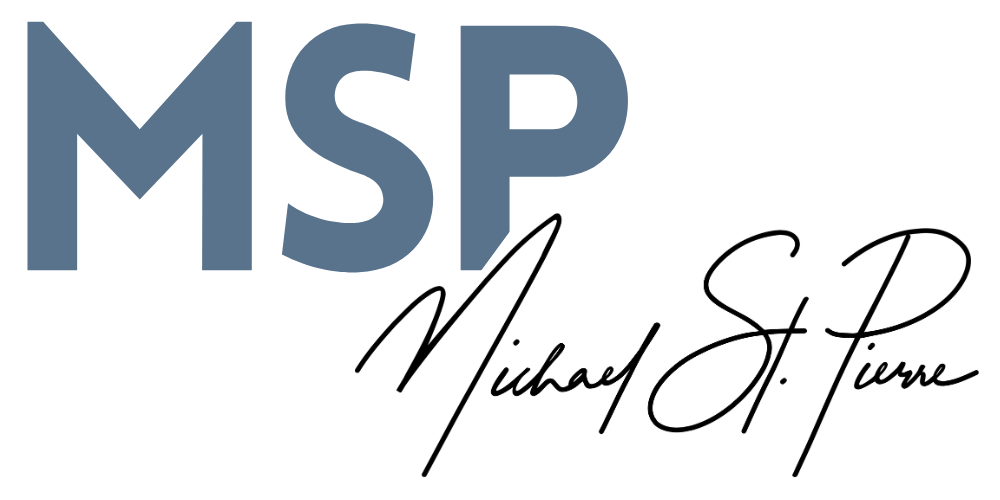Ash Wednesday begins on March 6, 2019 and for millions of people around the world, this means something- action. All of us want to put our faith into action and Lent is the perfect time to do this.
People will begin a 40 day sprint towards Easter and will either give things up - a sort of sacrifice- and also try out new things. It’s also a wonderful time for humility, a time to acknowledge that our prayer lives are rarely what they ought to be. As St. Josemaria Escriva said, “You don’t know how to pray? Put yourself in the presence of God, and as soon as you have said, ‘Lord, I don’t know how to pray!’ you can be sure you’ve already begun.”
I figured it would be interesting to connect five actions you can take during Lent to my upcoming book, The Five Habits of Prayerful People. I wrote The Five Habits in order to provide a virtual toolbox of strategies for prayer. It’s designed for the busy person in mind.
Before we link the book with Lenten action, let’s remind ourselves why Lent matters in the first place. Lent comes from an old word meaning “lengthen”- as the days get longer, the sunlight returns and we inch ever closer to Easter. Since Easter is all about Jesus triumph over the cross through his resurrection, Christians have, for thousands of years, practiced a sort of “retreat” during Lent. This looks like, not surprisingly, a series of actions designed to help us get ready for Easter.
“Lent is a fitting time for self-denial.”
If you “do Lent right”, you’re more likely to enter into the deeper mysteries of the season and as a result, draw closer to Jesus. As Pope Francis said, “Lent is a fitting time for self-denial; we would do well to ask ourselves what we can give up in order to help and enrich others by our own poverty. Let us not forget that real poverty hurts: no self-denial is real without this dimension of penance. I distrust a charity that costs nothing and does not hurt."
The problem of course is that we get distracted, tired or bored during Lent. The things we resolve to give up can become a distant memory if we’re not laser-focused on the task at hand.
Ok, let’s now match a strategy with each of the Five Habits:
Habit of Passion and Pursuit >> Begin to enjoy five minutes of pure silence each day. Start with one minute each day for a week. Each week, add a minute to your silence. Invite God into the stillness.
Habit of Presence >> Look people in the eye. When you are in public and in passing or when you are one-on-one with someone… work to give them your full attention.
Habit of Preparation and Planning >> Choose the tools you’ll use during your morning quiet time. This will likely be a Bible and journal. Besides that, what else speaks to you? An icon? A crucifix? Identify and group the tools you’ll use. Place them somewhere that you’ll have your daily quiet time.
Habit of Persistence and Perseverance>> Install a quote that inspires you in a place you’ll see it. This might be a quote from a saint or a Bible quote. Put the quote inside your journal or Bible. Or, have the quote framed and placed in a spot where you’ll see it often.
Habit of Pondering>> Take one day off from technology each week. This is the single most powerful strategy I’ve used in the last five years. Step back from your phone and give God one day a week to break through the noise of digital stimulation.
These strategies really work. More significantly, they matter a whole lot. They contribute to a more prayerful life and collectively will help you to slow down. When we slow down, we are more present and it’s much easier to find God in everyday life.
Quick Win: Learn the One Phrase that Will Transform Your Prayer
Liked This Article?
Join my email list and you’ll receive this free PDF worksheet on daily prayer.








